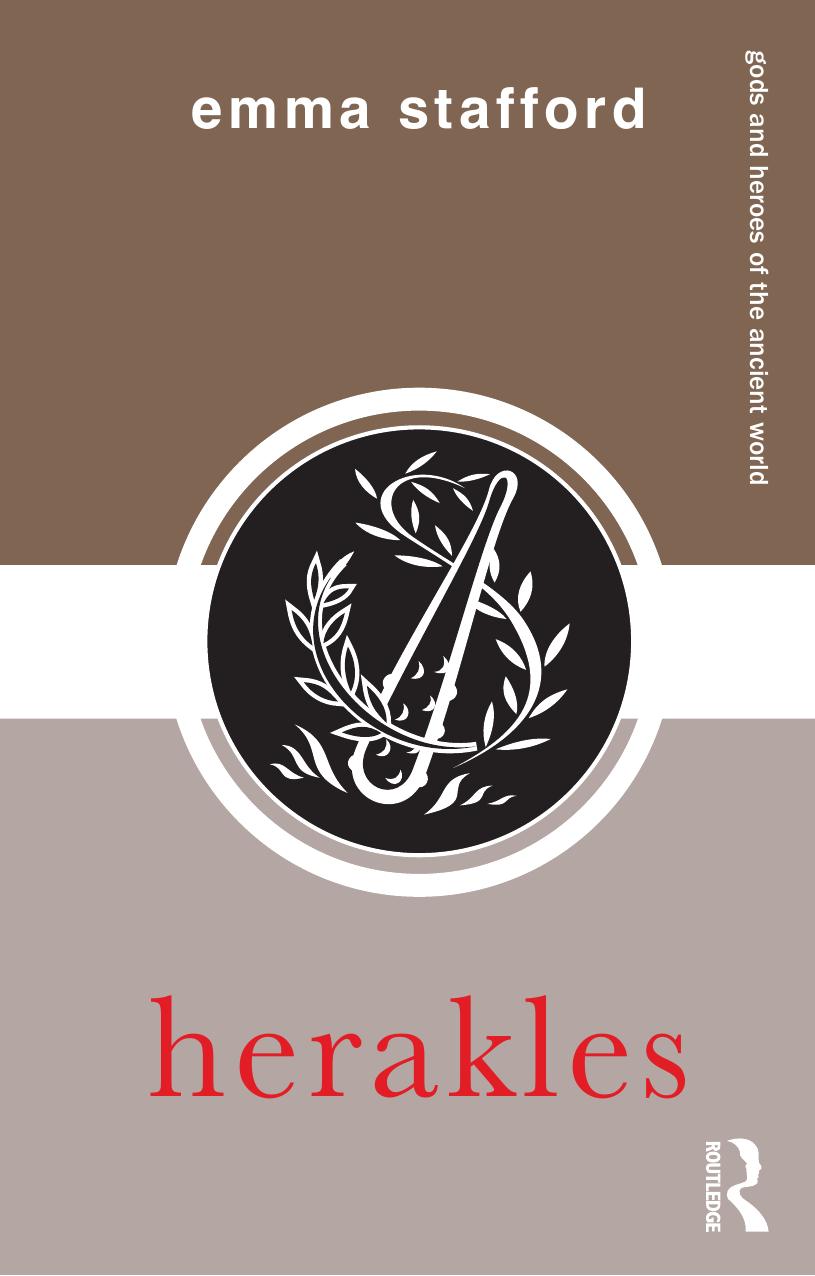Herakles by Stafford Emma

Author:Stafford, Emma
Language: eng
Format: epub, pdf
Publisher: Taylor and Francis
Roman generals and emperors
The political exploitation of Herakles by Alexander and later hellenistic kings was continued by leaders at Rome. Some of the earlier examples may have been inspired directly by the Hercules of Italian cult – for example, the ancient patrician family the Fabii claimed descent from Hercules and a nymph associated with the river Tiber (Plutarch, Fabius Maximus 1) – but generals of the later republican period and emperors could hardly have failed to be influenced by the success of this kind of propaganda amongst their eastern neighbours.
The leaders on both sides of the Second Punic War (218–202 BC) were associated with Hercules to some extent. Scipio Africanus is presented at various points in Silius Italicus’ Punica as following in Hercules’ footsteps: during a visit to the Underworld he finds his mother in company with Alkmene and learns that Jupiter is his father (13.615–49); he is presented with a choice between Virtue and Pleasure (15.18–128); as he celebrates the triumph awarded for his final victory over Hannibal, he looks like Hercules when he had conquered the giants (17.649–50). In Lucan (Civil War 4.656-60), the local peasant who recounts the Antaeus story (p. 56) comments that even greater fame was brought to the location when Scipio camped there in the course of his conquest of Hannibal. The extent to which Scipio himself promoted the link with Hercules is difficult to assess, though he is said to have invited his friends to a feast celebrating the dedication of a sanctuary of Hercules (Plutarch, Rules for Politicians 20).
There is a stronger case for seeing deliberate exploitation of such an association by Scipio's Carthaginian rival Hannibal. Evidence is provided by a series of coins issued in Spain during the period of Punic occupation under various members of Hannibal's family (237–207 BC), which feature portrait– heads of Hannibal or his father Hamilcar as Herakles-Melqart, wearing a laurel crown and holding a club over his shoulder. The connection is elaborated in various accounts of the Second Punic War. Livy, for example, portrays Hannibal making vows at the temple of Herakles-Melqart at Gades (pp. 191–3) before mustering his troops for the march on Italy (21.21); has Scipio's father challenge Hannibal's own assertion to be Hercules’ rival (21.41); lets Hannibal advance as far as the temple of Hercules inside the Colline Gate when he invades Rome itself (26.10). Silius Italicus likewise has Hannibal dedicating spoils from his sack of Saguntum to Hercules at Gades (Punica 3.14–16), and characterizes his crossing of the Alps as an exploit rivalling the labours of Hercules (4.4, 11.135–7).17
In the second and first centuries BC a number of temples to Hercules were established at Rome by military leaders, as we shall see in chapter 6. Any such public religious display has the potential to be a political statement, and in some cases we can clearly see an individual manipulating personal links with Hercules for political ends. In 78 BC, for example, after his victories over Mithradates, Sulla founded a temple of Hercules
Download
This site does not store any files on its server. We only index and link to content provided by other sites. Please contact the content providers to delete copyright contents if any and email us, we'll remove relevant links or contents immediately.
Cecilia; Or, Memoirs of an Heiress — Volume 1 by Fanny Burney(32434)
Cecilia; Or, Memoirs of an Heiress — Volume 2 by Fanny Burney(31871)
Cecilia; Or, Memoirs of an Heiress — Volume 3 by Fanny Burney(31852)
The Great Music City by Andrea Baker(31348)
We're Going to Need More Wine by Gabrielle Union(18967)
All the Missing Girls by Megan Miranda(15568)
Pimp by Iceberg Slim(14393)
Bombshells: Glamour Girls of a Lifetime by Sullivan Steve(13972)
Talking to Strangers by Malcolm Gladwell(13222)
Norse Mythology by Gaiman Neil(13204)
Fifty Shades Freed by E L James(13157)
For the Love of Europe by Rick Steves(12977)
Mindhunter: Inside the FBI's Elite Serial Crime Unit by John E. Douglas & Mark Olshaker(9200)
Crazy Rich Asians by Kevin Kwan(9167)
The Lost Art of Listening by Michael P. Nichols(7406)
Enlightenment Now: The Case for Reason, Science, Humanism, and Progress by Steven Pinker(7228)
The Four Agreements by Don Miguel Ruiz(6630)
Bad Blood by John Carreyrou(6552)
Weapons of Math Destruction by Cathy O'Neil(6143)
